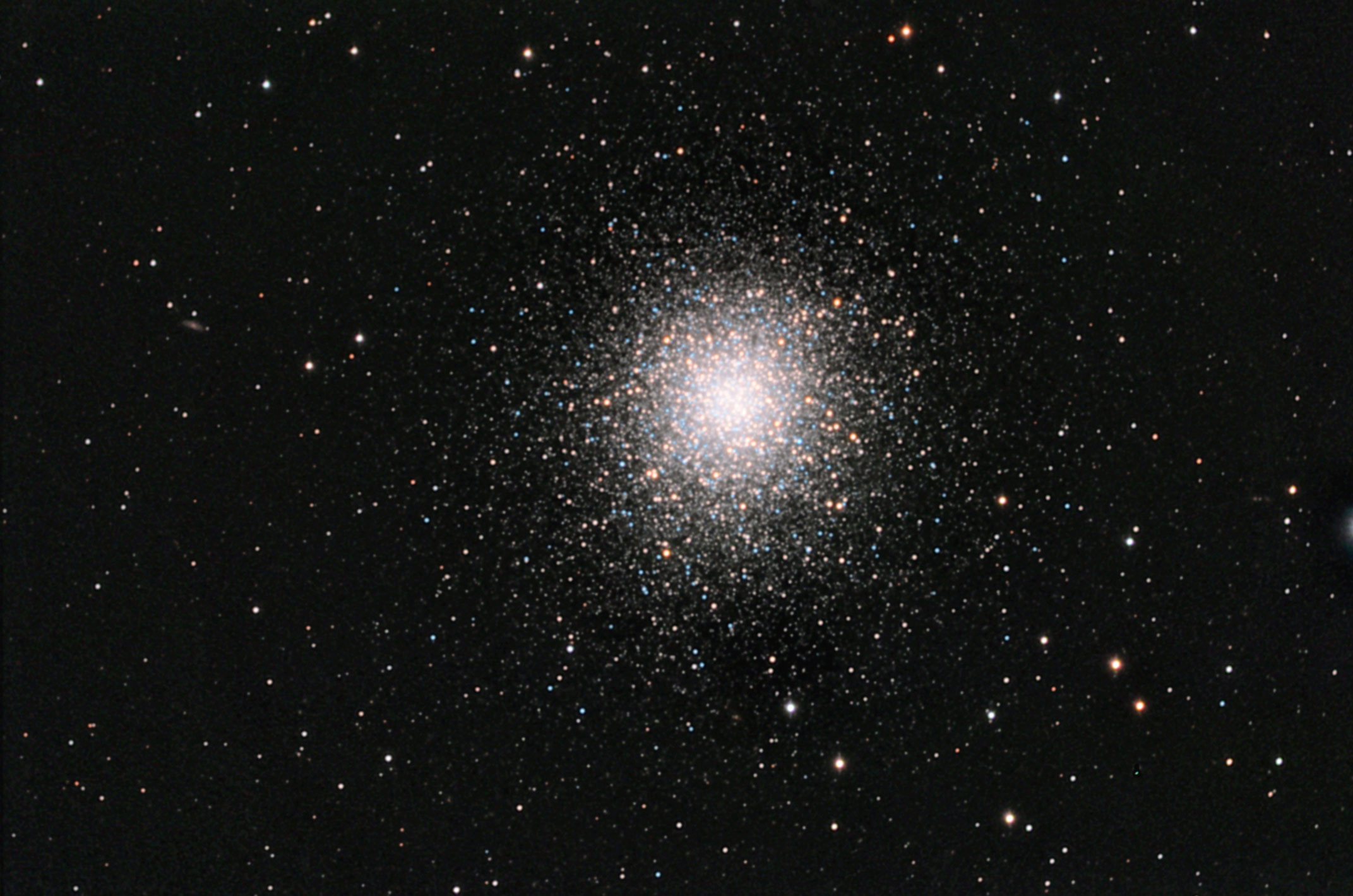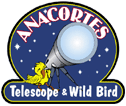20 Years Ago – Remembering Columbia and Her Crew

STS-107 crew members David M. Brown, left, Rick D. Husband, Laurel B. Clark, Kalpana Chawla, Michael P. Anderson, William C. “Willie” McCool, and Ilan Ramon. (Image Credit: NASA)
20 Years Ago – Remembering Columbia and Her Crew
The year 2003 was shaping up to be an ambitious one for NASA, with six space shuttle missions planned, five to continue construction of the ever-growing and permanently occupied International Space Station. The first flight of the year, STS-107 aboard NASA’s oldest orbiter Columbia, the first shuttle mission dedicated to microgravity research in nearly five years, would not travel to the space station but fly a 16-day solo mission. The seven-member crew would conduct many of the 80 planned U.S. and international experiments aboard a Spacehab Double Research Module in Columbia’s payload bay. The astronauts’ exceeded scientists’ expectations in terms of the science obtained during their 16 days in space. Tragically, the astronauts perished when Columbia broke apart during reentry on Feb. 1, 2003.
NASA first announced the STS-107 microgravity research mission, assigned to space shuttle Columbia, in March 1998, with a then-planned launch in May 2000, a date that began to slip almost immediately. In September 2000, NASA named the five-member science crew of Payload Commander Michael P. Anderson, Mission Specialists David M. Brown, Kalpana Chawla, and Laurel B. Clark, and Payload Specialist Ilan Ramon of the Israeli Space Agency, adding Commander Rick D. Husband and Pilot William C. “Willie” McCool three months later. Ramon’s participation grew out of a 1995 agreement between U.S. President Bill Clinton and Israeli Prime Minister Shimon Peres on space cooperation between the two nations. When assigned to the flight, the crew trained for an August 2001 launch, but various factors such as delays in Columbia’s refurbishment, technical issues affecting the space shuttle fleet, and competing priorities with a Hubble Space Telescope servicing mission and International Space Station assembly flights caused that date to slip to January 2003.
The STS-107 mission included a total of 80 experiments in a variety of research disciplines and carried out in different parts of the space shuttle. The astronauts worked directly with 32 payloads including 59 investigations in the Spacehab Research Double Module. These included nine commercial payloads involving 21 separate investigations, four payloads for the European Space Agency with 14 investigations, one investigation to mitigate risk for the International Space Station, and 18 payloads supporting 23 investigations for NASA in the fields of physical and biological sciences. Many of these experiments had application for future studies aboard the space station, prompting STS-107 Mission Scientist John B. Charles to refer to the mission’s research as doing “simulated space station science, although the science itself stands on its own right.” The Canadian Space Agency, the German Space Agency, the U.S. Air Force, and several universities also flew experiments in the Spacehab. Three experiments requiring exposure to open space flew attached to the top of the Spacehab module, while the Hitchhiker truss in the payload bay housed six experiments, including an Israeli investigation looking at Saharan dust distribution in the Mediterranean region using a multi-spectral camera.
Space shuttle Columbia began its 28th mission with a spectacular liftoff from Launch Pad 39A at NASA’s Kennedy Space Center (KSC) in Florida, at 10:39 am EST on Jan. 16, 2003. The launch appeared to go well and after eight and a half minutes, Columbia reached its planned orbit to begin the 16-day microgravity research mission. Beginning on their very first day in space, the seven-member crew split into two teams – Husband, Chawla, Clark, and Ramon made up the Red Team while McCool, Anderson, and Brown made up the Blue Team. For the duration of the mission, the teams worked opposite shifts, allowing for 16 days of continuous research operations. Brown busied himself with opening Columbia’s payload bay doors, while Anderson, Clark, and Ramon reconfigured the orbiter from a rocket to a spacecraft to support research, including activating the Spacehab research module. The Blue Team took the first sleep shift while the Red Team began to activate some of the experiments. For the next 15 days, Columbia’s crew worked tirelessly to complete the experiments, overcoming technical issues. Scientists on the ground were overjoyed at their performance and amazed at the greater than expected science return from the mission.
During routine analysis of launch films, engineers noted that at about 82 seconds into the flight, a piece of foam insulation released from the Shuttle’s External Tank (ET) appeared to strike Columbia’s left wing. On Jan. 23, the mission’s eighth day, Flight Director J. Steve Stich from Mission Control notified Husband and McCool of the foam strike via an email, including a video clip of the impact, but assured them that because the phenomenon had occurred on previous missions, it caused no concern for damage to the vehicle or for reentry. Husband informed the rest of the crew. However, engineers on the ground continued to assess the impact of the foam strike, requesting high-resolution imaging of the affected area to complete a more thorough analysis, but ultimately managers turned down the request. On Jan. 27, the STS-107 crew chatted via radio with the three Expedition 6 crew members aboard the International Space Station, in the third month of their planned five month mission.
On Jan. 28, Columbia’s crew members paid tribute to their fellow astronauts lost in the Challenger accident 17 years earlier and in the Apollo 1 launch pad fire on Jan. 27, 1967. Husband said, “It is today that we remember and honor the crews of Apollo 1 and Challenger. They made the ultimate sacrifice: giving their lives in service to their country and for all mankind. Their dedication and devotion to the exploration of space was an inspiration to each of us, and still motivates people around the world to achieve great things in service to others.”
The astronauts completed the last science sessions on Jan. 31 while Husband and McCool used a simulator to practice the entry and landing procedures and tested Columbia’s systems required for the return to Earth. The next morning, they closed the hatches to the Spacehab module, then closed the payload bay doors, with the entry team led by Flight Director Leroy E. Cain monitoring their activities from Mission Control. The astronauts donned their orange launch and entry suits and took their seats, with Husband, McCool, Chawla, and Clark on the flight deck and Brown, Anderson, and Ramon in the middeck. Husband and McCool oriented Columbia with its Orbital Maneuvering System engines pointing in the direction of flight, and after receiving the go for the deorbit burn from capsule communicator NASA astronaut Charles O. “Scorch” Hobaugh, fired the engines for two minutes and 38 seconds over the Indian Ocean. They reoriented Columbia with its nose facing forward and angled up at 40 degrees to face the heat of reentry, encountering the Earth’s atmosphere at 400,000 feet. To help slow the vehicle down, it flew a series of maneuvers to bleed off energy. Fifteen minutes after entry interface, flying over Texas at an altitude of 207,000 feet and 16 minutes from landing at KSC, Mission Control lost contact with Columbia and her crew.
For more information:
https://www.nasa.gov/feature/20-years-ago-remembering-columbia-and-her-crew
Astromart News Archives:
https://www.astromart.com/news/search?category_id=3&q=.
Check out some of my favorite Words of Wisdom:
https://astromart.com/news/show/words-of-wisdom-my-favorite-quotable-quotes
https://astromart.com/news/show/words-of-wisdom-my-favorite-proverbs-from-around-the-world
Do you enjoy reading these postings?
Then click here and buy the Astromart staff a cup of coffee (and maybe even some donuts):
https://astromart.com/support-options
Funding Member
Sponsors
- APM-Telescopes
- AstroMart LLC
- Matsumoto Company
- astronomy-shoppe
- ASTROPHOTOGRAPHY BY MARTIN PUGH
- FocusKnobs
- BW
- OMI OPTICS USA LLC
- RemoteSkies.net
- Waite Research
- Astromart Customer Service
- BBLABS LLC
- Rouz Astro
- Bob's Knobs
- Desert Sky Astro Products
- Anacortes Telescope
- SellTelescopes.com
View all sponsors



